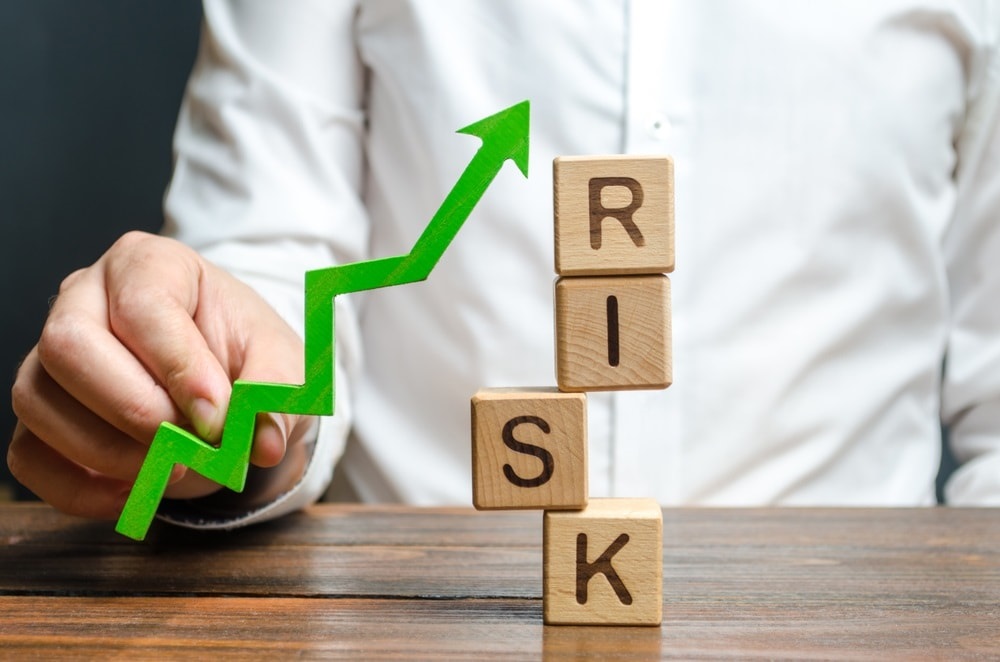
Corporate governance and risk management are two intertwined disciplines that are essential for the long-term success and resilience of organizations
Effective corporate governance provides the framework for strategic decision-making, while risk management ensures that organizations identify, assess, and mitigate potential threats and uncertainties. This article explores the relationship between corporate governance and risk management, emphasizing their importance in safeguarding organizational value and promoting sustainable growth.
1. Integrating Risk Oversight into Corporate Governance:
Corporate governance frameworks should encompass risk oversight as a fundamental element. Boards of directors play a crucial role in overseeing and guiding risk management practices. They should establish a risk governance structure, define risk appetite, and ensure that risk management is integrated into the organization’s strategic planning and decision-making processes. By aligning risk oversight with corporate governance, organizations can proactively identify and manage risks while pursuing their strategic objectives.
2. Establishing a Risk Management Framework:
A robust risk management framework is vital for organizations to navigate a complex and uncertain business environment. It involves the identification, assessment, and mitigation of risks that may impact the achievement of organizational objectives. The board, in collaboration with management, should establish clear risk management policies, procedures, and controls. Regular risk assessments, scenario planning, and stress testing can enhance an organization’s ability to identify emerging risks and develop effective risk mitigation strategies.
3. Board Competence and Expertise in Risk Management:
Effective risk oversight requires board members to possess the necessary competence and expertise. Boards should ensure that their composition includes directors with a diverse range of skills and knowledge, including risk management expertise. Directors should stay abreast of industry trends, regulatory developments, and emerging risks relevant to the organization. This enables them to ask critical questions, challenge assumptions, and make informed decisions regarding risk management strategies.
4. Transparency and Communication:
Transparency and open communication are key principles in corporate governance and risk management. Organizations should promote a culture of transparency, where risk-related information is shared openly with stakeholders. Transparent reporting on risk exposures, risk management strategies, and the effectiveness of risk controls enhances stakeholder trust and confidence. Regular communication channels, such as risk disclosures in financial reports and engagement with investors, enable organizations to address stakeholder concerns and demonstrate their commitment to risk management.
5. Continuous Monitoring and Evaluation:
Corporate governance and risk management are ongoing processes that require continuous monitoring and evaluation. Boards should establish mechanisms to regularly review and assess the effectiveness of risk management practices. This includes evaluating the adequacy of risk management frameworks, the performance of risk mitigation strategies, and the organization’s overall risk culture. Periodic independent assessments or audits can provide valuable insights into the effectiveness of risk management processes and identify areas for improvement.
Conclusion:
Corporate governance and risk management are inseparable components that ensure the long-term success and resilience of organizations. By integrating risk oversight into corporate governance, establishing robust risk management frameworks, fostering board competence in risk management, promoting transparency, and continuously monitoring and evaluating risk management practices, organizations can effectively identify and mitigate risks while pursuing their strategic objectives. This proactive approach to risk management enhances organizational resilience, protects shareholder value, and positions organizations for sustainable growth in an ever-changing business landscape.

